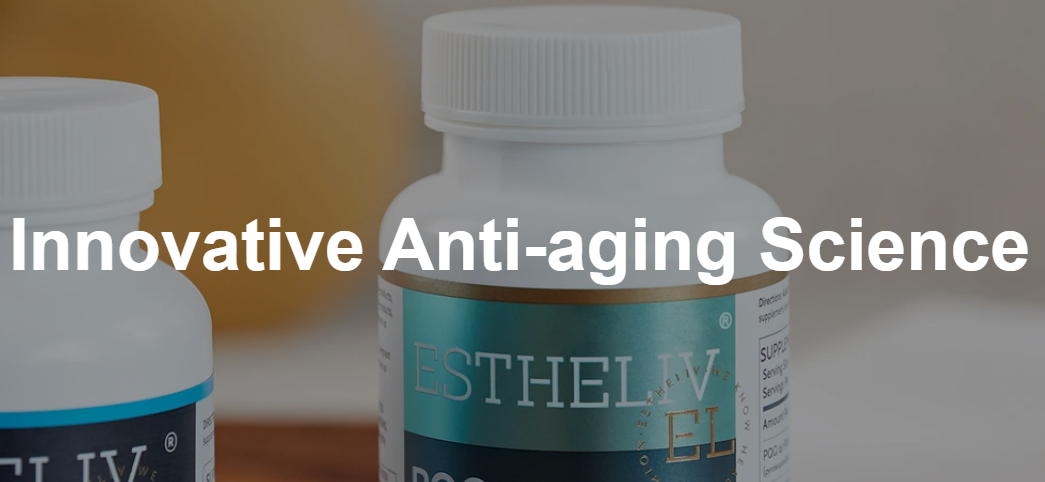PQQ is a redox-active cofactor that plays an important role in metabolism and energy generation. It is considered an antioxidant that protects cells from oxidative damage. This factor is especially effective in neutralizing hydroxyl radicals.
PQQ is found in human breast milk and vegetables. It serves as a catalytic cofactor for many bacterial enzymes, such as glucose dehydrogenases. In vivo, PQQ has been shown to improve mitochondrial function and lifespan.
The molecule is synthesized by over one hundred prokaryotes, including yeasts and bacteria. Bacteria have a special peptide-based recipe for making PQQ.
Researchers have been able to determine the peptide’s biosynthetic pathway. They discovered that the peptide is translated into five protein products. All the proteins involved in PQQ biogenesis are members of large protein superfamilies, called phospholipases, that have the ability to tautomerize into hemiketals.
Wen Zhu, a postdoctoral researcher at the Klinman Lab at QB3-Berkeley, is focusing on key steps of PQQ biosynthesis. He is working to identify potential health benefits of this novel biofactor.
PQQ scavenges damaged cells, and helps attenuate inflammatory markers, as well as several types of oxidative stress-induced cell damage. It has been found to have protective effects in rodent models of stroke, premature senescence, and neuronal agents.
Researchers are looking into the role of PQQ in aging. Increasing its levels could help to prevent age-related oxidative damage, which in turn may help to extend the lifespan of mice.
In addition, the molecule also enhances cellular NAD+. Maintaining an optimal NAD+ level is essential to brain and neurologic integrity. Keeping up with this essential redox-active cofactor may help to slow the onset and progression of Alzheimer’s and Parkinson’s diseases.
